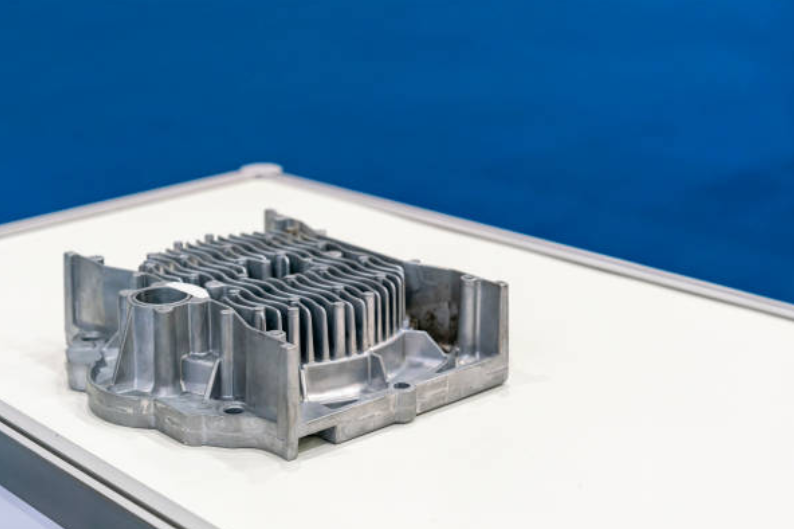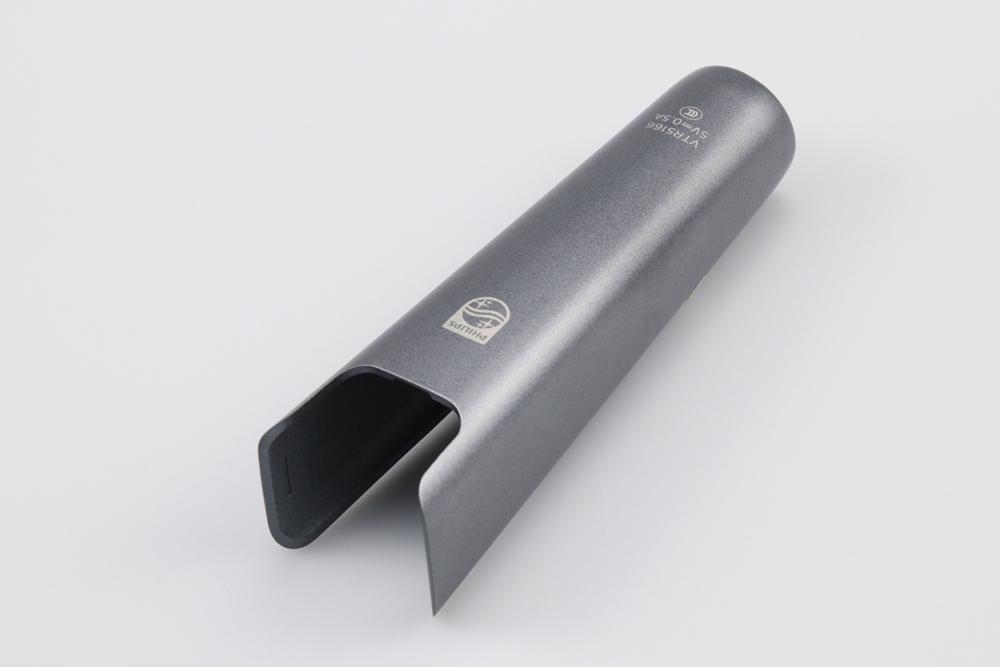What are common defects in aluminum die casting, and how can they be prevented?
Understanding Aluminum Die Casting Defects
Aluminum die casting is renowned for its precision and repeatability, but like any high-pressure process, it can exhibit certain defects if process parameters or tooling are not properly optimized. Typical issues include porosity, cold shuts, misruns, shrinkage cavities, and surface imperfections. With Neway’s advanced monitoring systems and engineering controls, these challenges can be effectively minimized to ensure consistent, high-quality parts.
Porosity and Gas Entrapment
Porosity—caused by trapped air or gas—is one of the most frequent defects. It leads to internal voids that weaken the part and compromise surface finishing. Neway prevents porosity through vacuum-assisted casting and optimized gating design, ensuring smooth metal flow. Alloys such as A380 and ADC12 (383) are selected for their excellent fluidity, reducing turbulence during filling. Degassing and precise pressure control further eliminate air entrapment.
Cold Shuts and Misruns
Cold shuts occur when two metal fronts fail to fuse, while misruns happen when molten aluminum solidifies before the cavity is filled. Both defects stem from insufficient temperature or poor flow design. Neway prevents these issues by maintaining optimal melt temperatures, employing uniform heating systems, and utilizing CNC machining prototyping to refine gate geometry and wall thickness prior to tooling approval.
Shrinkage and Warpage
Uneven cooling can cause dimensional inaccuracy or internal stress, resulting in shrinkage or warping. Neway mitigates these effects through advanced thermal control and uniform cooling channel layout within the die. Controlled heat treatment stabilizes the microstructure, ensuring uniform contraction and mechanical balance.
Surface Defects and Finishing Solutions
Defects like flow marks, blisters, or rough textures can result from mold wear, moisture, or contamination. Regular die maintenance, precise lubrication control, and optimized ejection mechanisms ensure clean part release. Post-casting finishing processes such as polishing, anodizing, or powder coating further enhance surface quality and protect against corrosion.
Quality Inspection and Process Control
Automated inspection and non-destructive testing play a key role in detecting subsurface defects. Neway integrates real-time sensors and digital quality monitoring across each production cycle to maintain high consistency. These systems ensure compliance with the tight tolerances required in automotive and aerospace components.
Conclusion
Common aluminum die casting defects can be effectively prevented through precise process control, thermal balance, and continuous monitoring. With advanced mold design, material selection, and surface treatment, Neway consistently delivers flawless castings that meet demanding performance and aesthetic standards.



